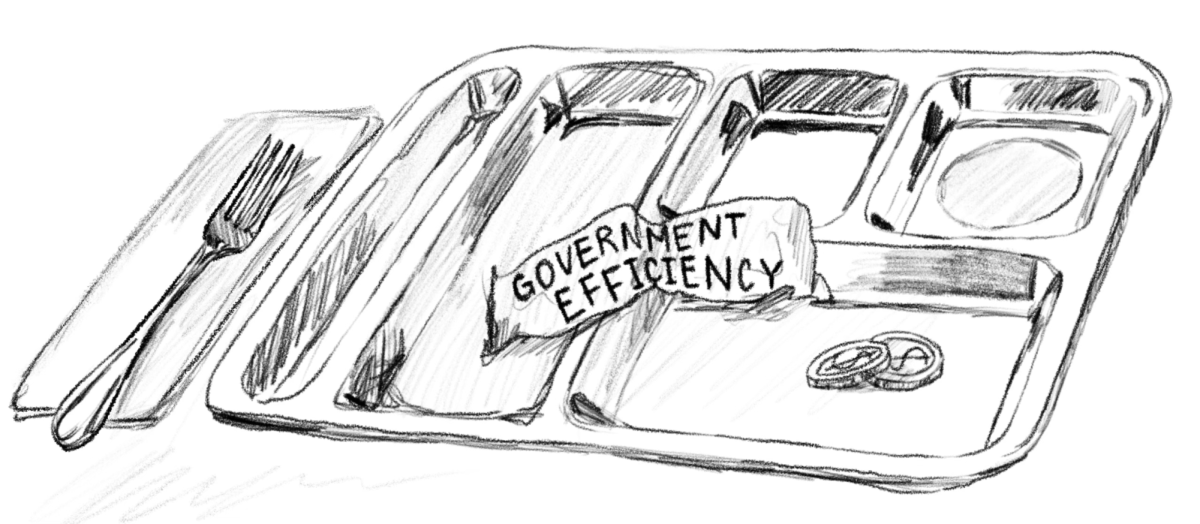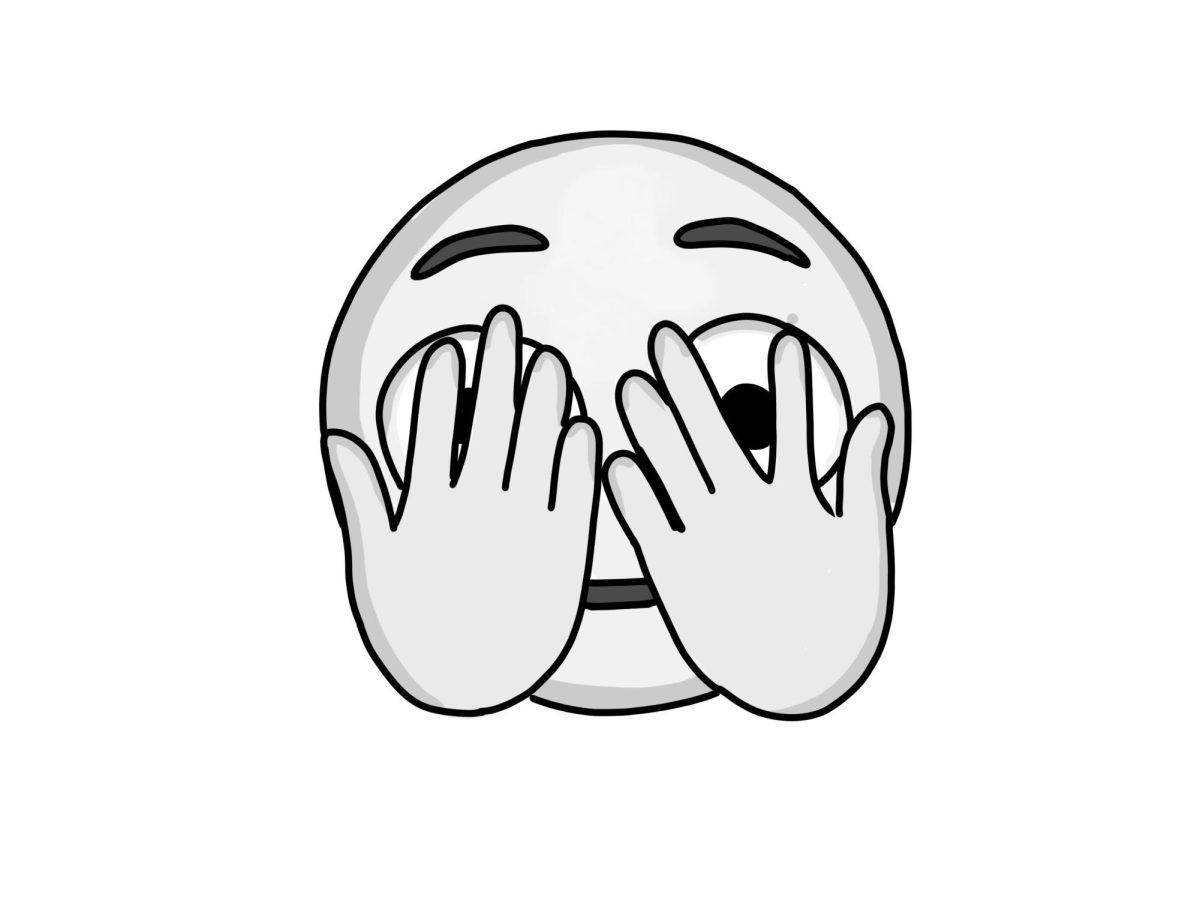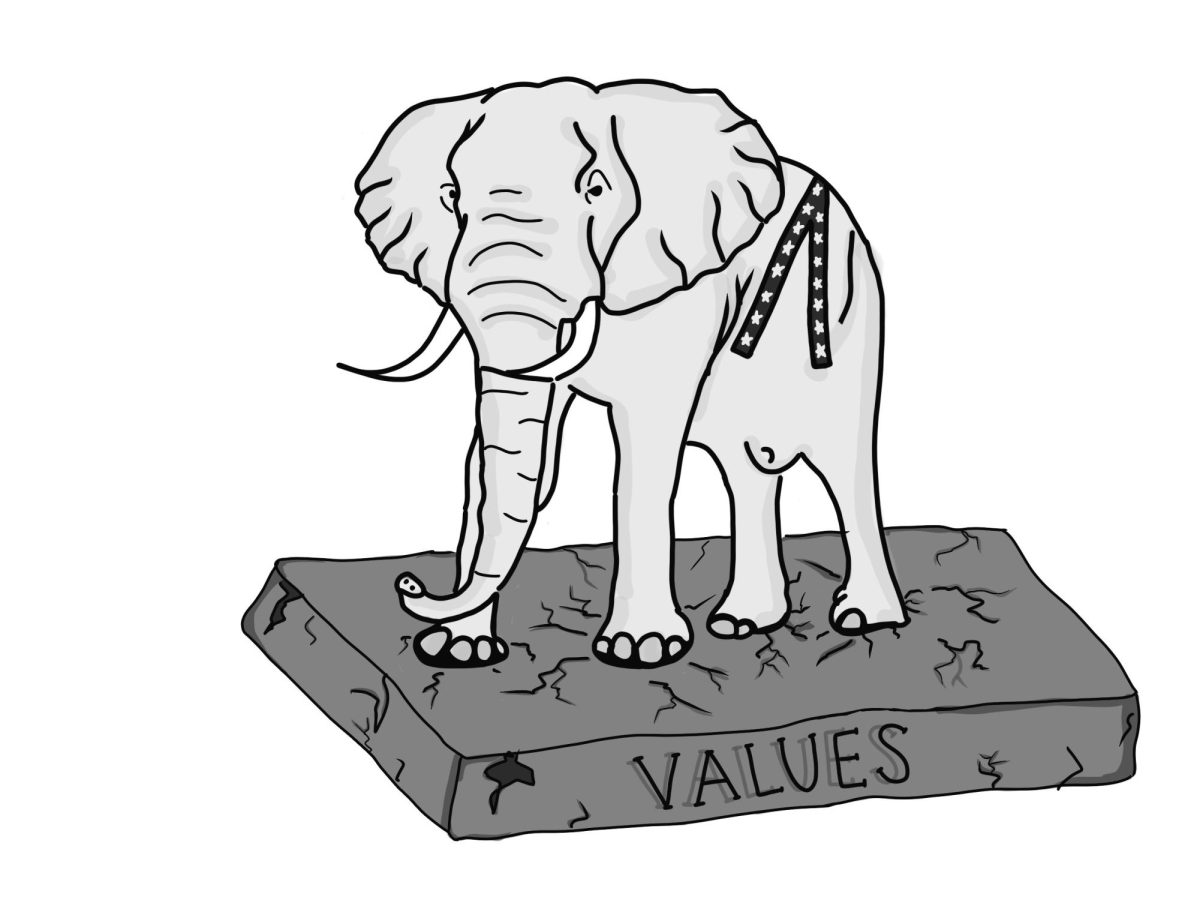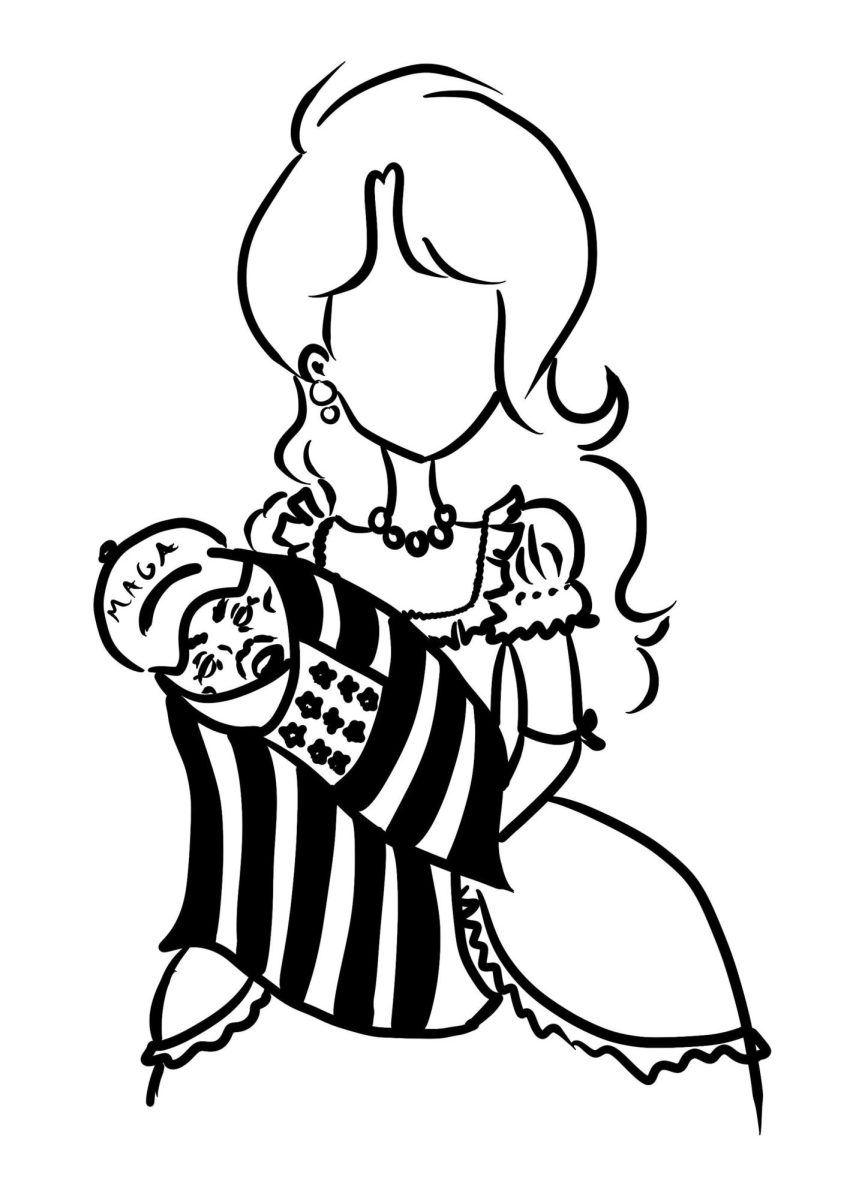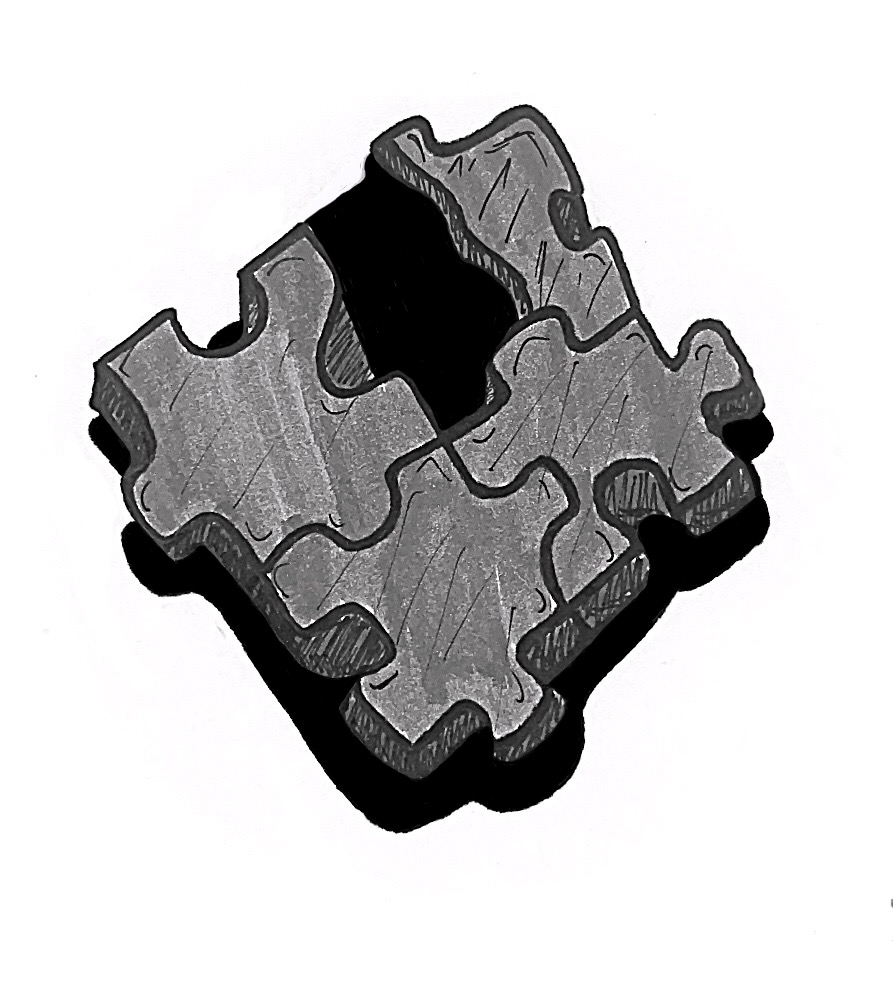Acne vulgaris is a chronic inflammatory disease —those red, white or scarred marks, the ones that stand out or grow beneath the skin as a painful bump. Do you know the categories of those differently shaped and colored spots: comedones, papules, pustules and nodules? How many people do you know actually understand what acne is? Is it understood as it is defined on Medicaid, which states, “Acne vulgaris is a common chronic skin disease involving blockage and/or inflammation of pilosebaceous units (hair follicles and their accompanying sebaceous gland). Acne can present as noninflammatory lesions, inflammatory lesions or a mixture of both, affecting mostly the face but also the back and chest.” Do you know the four main driving factors of acne? Such as follicular epidermal hyperproliferation with subsequent plugging of the follicle, excess sebum production. Or the presence of bacteria known as Cutibacterium acnes. Lastly, inflammation as well as genetic heterogeneity? If that made no sense, you are not the only one.
According to the American Academy of Dermatology,
The major teenage demographic suffering from acne should be sufficiently educated on what it is and how to approach it in the very place they already learn physical education: high school.

The burden of acne can cause high school teens to seek information that may be misinformed or incorrect. According to the National Library of Medicine, adolescents usually seek education about their condition from possibly unreliable sources, which can result in misconceptions. Teenagers may relate to this as they scroll through social media applications, such as TikTok or Instagram. From a “miracle blackhead remover” face mask, to a “what I eat in a day to prevent acne,” it is far too common for teens to fall into an ill-informed trap of unsolicited posts. According to the 2020 study referenced above, 76.7 percent of patients confirmed they applied products before conferring with a doctor, and 98.7 percent regarded skin care as essential. Therefore, there is a clear attestation of people searching for a way to best manage their acne out of the belief it is necessary. Because of this there must be a set, reliable flow of information through proper education.
Education on acne is important as it follows the notion of why health education is quintessential for teenagers. It is no secret that having a high school education is beneficial for literacy, but health education also has a prominent impact on students’ lifelong well-being. With high school level physical health education, students show a lasting likeliness to seek proper care for their well-being, according to Virginia Commonwealth University (VCU). The benefit of health education also empowers people to advocate for their health. As stated by VCU, “Education can also lead to more accurate health beliefs and knowledge, and thus to better lifestyle choices, but also to better skills and greater self-advocacy.” When recognizing that acne is a universal physical and psychological health concern that can bleed into adulthood, it is important to note that, as all health education is essential, knowledge and instruction about acne is just as important.
On the other hand, some suffer from extreme cases of acne that undermines more moderate cases normalized in the media. For instance, according to Medscape,
,
possibly resulting in permanent physical and mental scars. Despite just how severe acne can be, teens still struggle to understand and approach it as many misunderstandings exist with a lack of easily understandable information. As referenced in a blog post from the dermatology clinic, RefinedMD, there are many harmful myths causing barriers to properly navigating acne. For example, the notion that acne is caused by eating “junk food,” or the fact that there is a common notion that acne is a “right of passage.” This cultural concept may be attributed to acne being the eighth most common disease in the world and therefore a “normal” embarrassment, or the “average experience.” Education can be executed in several ways. If not for preventive measures, education about acne vulgaris could simply normalize its existence and reduce the psychological impact on teen’s mental health. Basic education on acne and its treatment could greatly help someone who is struggling with acne or knows someone who is by preventing mental stress as well as a trip to a physician, which some may not have access to.

